The beginning of pool season is an exciting time but in the haste to open their pool, even seasoned pool owners can make beginner blunders. Make sure to avoid these common mistakes to avoid time and money, and most importantly, get to your pool days stress-free.
1. Waiting Too Long to Open the Pool
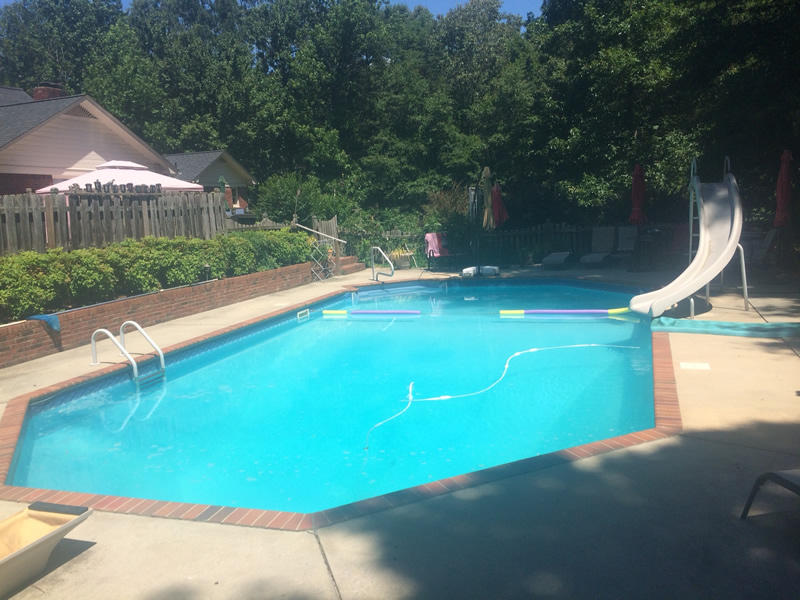
As soon as the winter weather fades, we get this question all the time. The most correct answer is unfortunately that it depends. Your location and weather really will be the top determining factors but a general rule of thumb is to open your pool when the temperature during the day consistently reaches around 65-70°F. For most areas, this will be around late April or early May. The longer you wait to open your pool, the higher your chances of algae growth or debris causing potential damage or staining to your pool. Algae growth is largely inhibited by the frigid temperatures however once it starts to warm up, it creates the perfect environment to grow and if you hold off too long on opening your pool you may find yourself opening your cover to reveal a green swampy pool.
Additionally, if you find you need to purchase or replace any equipment or parts, you’ll want to build yourself some time for shipping delays during the busy pool season. It’s better to plan ahead and give yourself time rather than scrambling at the last minute.
2. Opening your Pool Before Working on the Yard or Deck
Imagine taking all that time and effort to open and clean your pool only to find half your lawn ending up in your pool after your annual spring yard refresh. Work on your yard or deck before you open your pool so that those grass clippings, dirt, leaves, twigs, etc can be easily swept away and not end up at the bottom of your pool. After you work on your lawn, simply clean your pool cover then open your pool to avoid cleaning your pool twice over and any potential damage due to twigs, small branches, or hedge clippings.
3. Improperly Removing the Pool Cover

Removing your pool cover can be easy if you take the proper steps, however improper care when removing your cover can lead to additional work and even additional funds if your cover is damaged. First, you’ll want to clean and rinse your cover before removing it to ensure all those leaves and dirt don’t end up in your pool. You’ll also want to plan to remove the cover among two people so invite a buddy to help you remove and fold the cover, it’s much heavier than you think it is. You’ll also want to make sure you let dry fully before folding and storing properly to avoid any mold, mildew, or critters so that you can reuse your cover come winter.
4. Failure to Inspect Your Equipment

When winterizing your pool it’s possible you installed winterizing plugs to prevent the freezing of your plumbing. Failure to remove those and replace them with regular return fittings and skimmer baskets may lead to significant damage to your plumbing so that’s always a good place to start. You’ll also want to take some time to inspect your pool equipment such as your pump, heater, motor, etc to make sure there are no visible signs of damage and replace any parts you find are worse for the wear. Inspect your filters to make sure the media (sand, cartridge) is okay and the DE grids are good. After turning on your equipment, you should also inspect for any leaks or unusual loud noises.
5. Adding all of your Pool Chemicals at Once
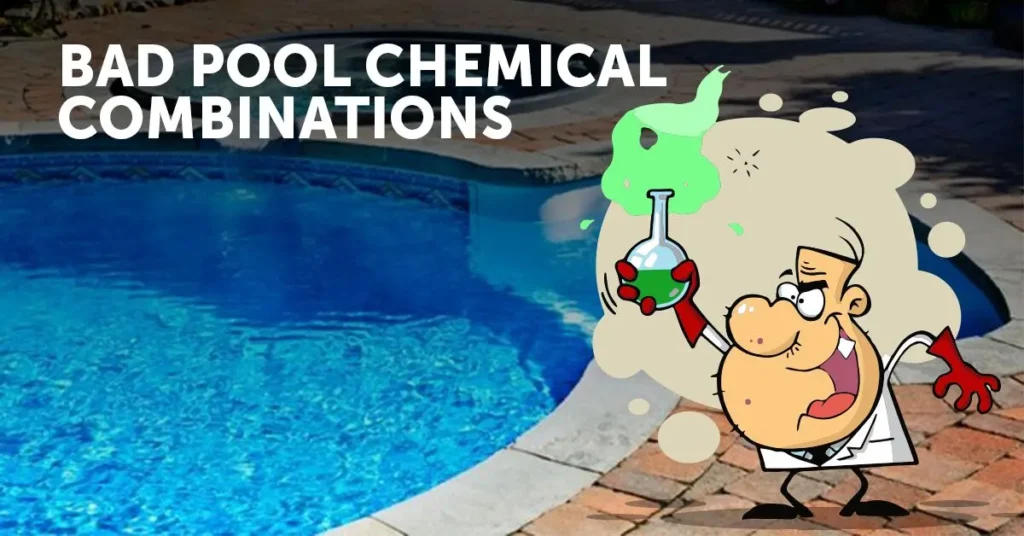
When it comes to pool chemistry, slow and steady wins the race. You might be tempted to chuck all of your chemicals at once in the interest of time, but please don’t! If you take a little bit of time and space out your chemicals, you’ll end up with a happy and healthy pool and get to your pool party season without incident. When opening your pool, you’ll need to test and adjust the pH, alkalinity, and chlorine levels of the pool water. This process can take anywhere from a couple of days to a full week so leave yourself plenty of time to properly add and balance your chemicals for best results.
6. Adding Granulated Shock or CYA Directly In Your Pool
While you can add liquid chlorine and liquid CYA directly to your pool, the more common and cost-effective option comes in granulated form. You may be shocked (get it?) to know that for best results you should not add these granules directly to your pool. These concentrated particles can cause potential damage or staining to your liner if they settle on the bottom of your pool and they won’t be evenly distributed throughout your pool, lessening their effectiveness.
For granulated shock, you should dissolve first in a bucket of water and once dissolved, pour that solution around the perimeter of your pool to ensure even distribution. For granulated CYA, fill a skimmer sock, an actual sock, or a nylon stocking with the desired amount of CYA, then let it sit in your skimmer or in front of a return jet.
7. Jumping in the Pool Too Soon After Shocking
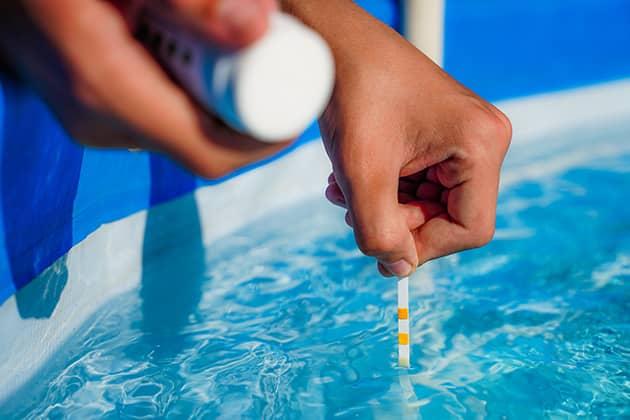
Shocking, or super chlorinating, your pool cleans your pool water by adding three to five times the normal amount of chlorine. This drastically raises the chlorine level in a short amount of time but as you can imagine adding that high amount of chlorine means it’s not advisable to jump right in. Leave the chemicals time to do their job and wait 24 hours after shocking your pool before swimming to be on the safe side to avoid any uncomfortable eye or skin irritation.
8. Neglecting to Inspect or Purchase Pool Accessories
After all of your hard work, you’re likely more than ready to change into your bathing suit and hop in the pool. Though less important than, say, your chemicals or pricy equipment, don’t forget to inventory your pool accessories and toys before your first pool party. Improperly stored, old, or damaged items may put a damper on your party mood if you find yourself running to the store or hitting the “add to cart” button at the last minute. Avoid a minor meltdown and make sure your child’s favorite unicorn floaty is also ready for your pool season, just like you are!

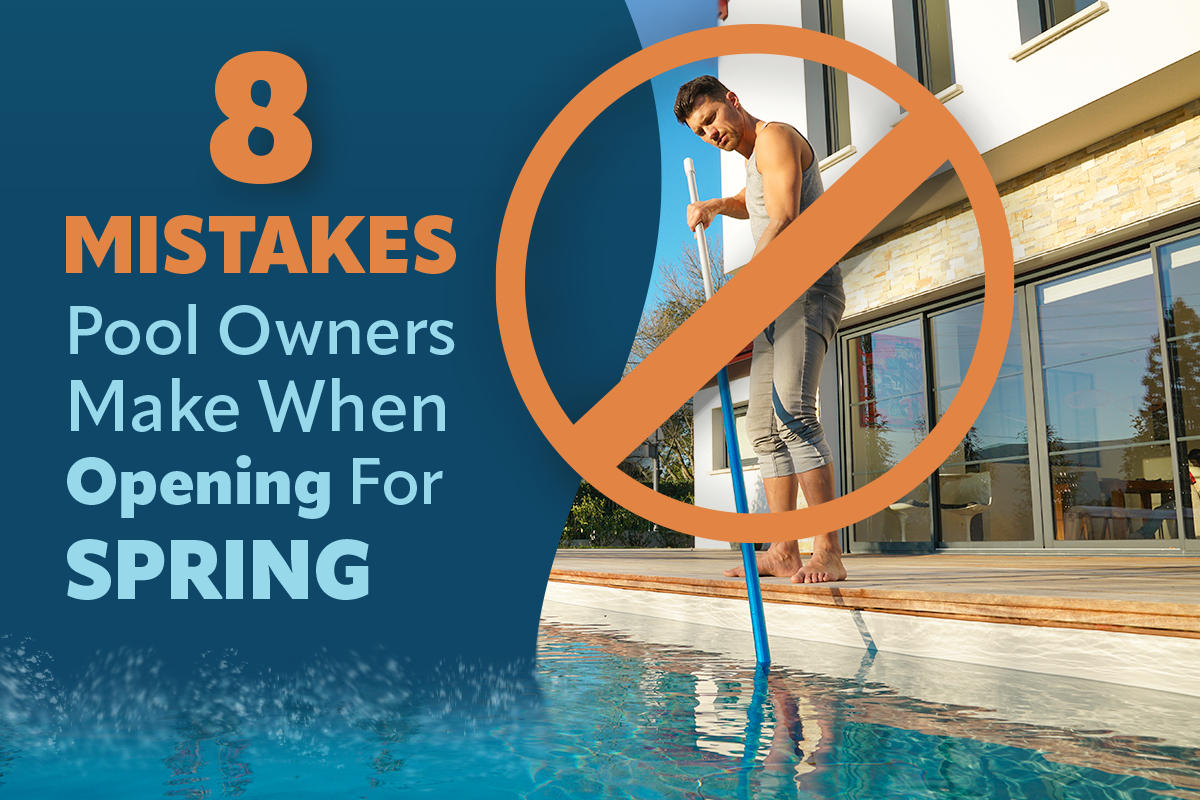


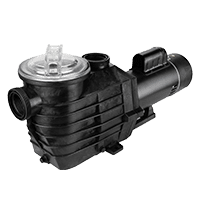
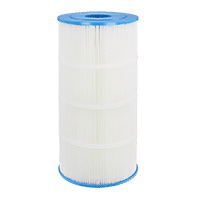
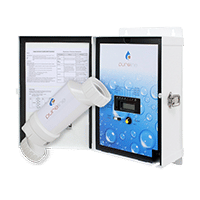
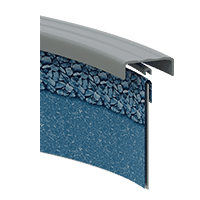
Leave a Reply